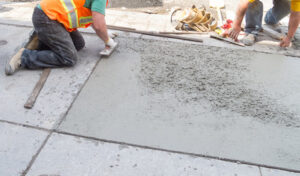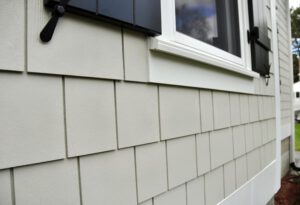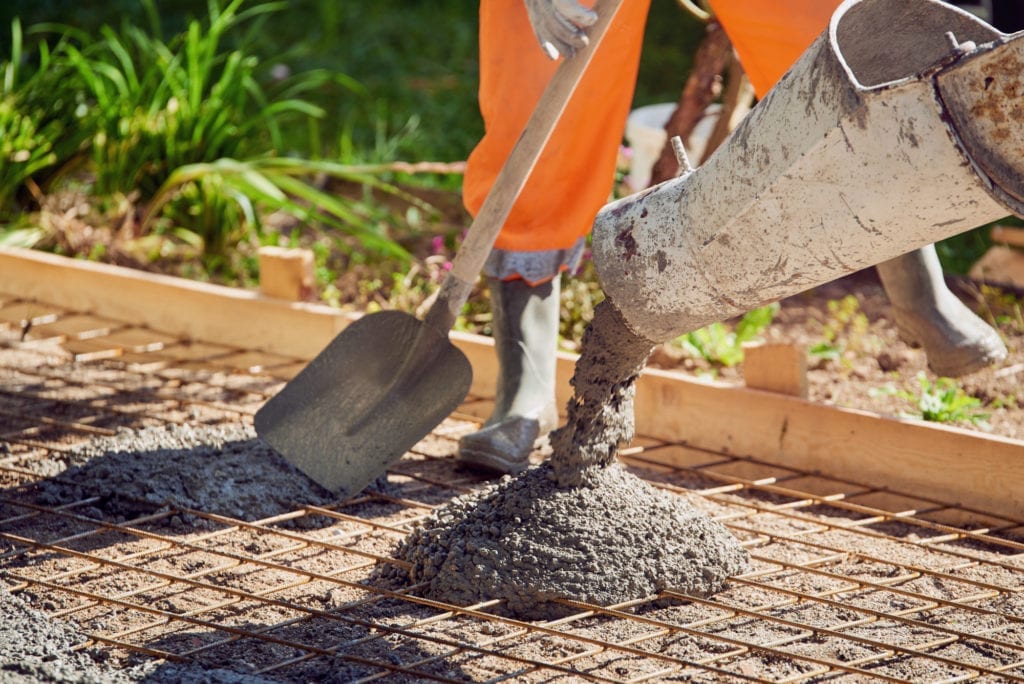Just like people, concrete shows wear-and-tear over time. Repairing it is often less expensive than replacing it and helps prolong its life.

All concrete repairs should be done by a professional contractor. Their expertise and experience will ensure the proper repair method is used and that the results will last. Visit https://www.concreterepaireauclaire.com/ to learn more.
The quality of a concrete repair job is directly linked to the condition of the surface it is applied to. The deterioration of the concrete surface can lead to weak spots and failure of the repair materials. To avoid such problems, proper surface preparation is essential. This process ensures that the repair material is bonded properly to the sound substrate.
The first step of the surface preparation process is cleaning. This is done to remove any chemicals, oils, curing compounds, or other contaminants from the concrete surface. Concrete that is coated with these substances will not bond well with new repair materials. The concrete surface should also be free of loose particles, dirt, or organic matter. Often, high-pressure washing is used for this purpose.
Once the concrete is cleaned, the surface must be profiled to prepare it for an overlay or coating. The International Concrete Repair Institute (ICRI) provides a standard for this called the Concrete Surface Profile (CSP), which defines a texture scale ranging from CSP 1 (nearly flat or smooth) to CSP 9 (very rough).
Contractors should use a mechanical method, such as shot blasting, for this step. Using small steel balls, or shot, the surface is roughened to improve mechanical bonding with the repair materials.
This step can also be accomplished with chemical methods such as acid etching, which uses acids to open up the pores of the concrete. This will increase the strength and durability of the concrete surface.
In addition to preparing the concrete surface, contractors should examine the concrete for cracks and other damage. If these issues are not addressed, they will likely worsen over time. The cracks and other damage should be filled in with concrete repair products such as SpecChem Strong Bond or SpecWeld, which serve as an effective glue that further enhances the bond between the existing concrete and the new repair material.
Aside from ensuring the durability of the repairs, proper surface preparation techniques help protect the environment and society. An increase in the number of concrete repair jobs is associated with escalating environmental damage such as natural resource depletion, CO2 emissions, and waste. Taking the proper steps, such as saturating, priming, and applying the right repair materials will minimize these effects.
Filling Cracks
Cracks are an indication that the concrete is failing and must be repaired. If not, the cracks will widen, allowing water to penetrate and damage the internal structure of the concrete, leading to deterioration over time. This can lead to more significant structural repairs and replacement if the cracks are left unattended. Timely concrete crack repair is a cost-effective solution.
Depending on the type of repair required, the first step in filling cracks is to clean the area and remove any debris that has accumulated around the crack. This will help the crack repair material to better bond with the concrete.
The next step is to use a concrete caulk to fill the crack. Concrete caulk is designed to adhere to rough surfaces and flex with changes in temperature, so it is an excellent choice for concrete repairs. There are a number of different concrete caulks on the market, including latex-based products and polyurethane options. Each product has its own advantages, so choose one that is best suited to your specific project and application.
Another option for filling cracks is epoxy injection. This method is more effective at creating a structural bond and stopping the flow of water through the crack. However, it is more expensive than concrete caulking and requires a skilled contractor for installation.
Epoxy injection can be used for both new and existing concrete. The concrete must be dry before the injection can take place. The cracks must be cleaned out before injection and the concrete must be cured properly to ensure a long-lasting repair.
Concrete cracks can be a source of tripping hazards and should always be addressed as soon as possible. They can also allow water to infiltrate the concrete, causing moisture damage that will eventually weaken the concrete and cause more extensive, costly repairs. In addition, soil gases like radon can pass through concrete cracks and into occupied spaces, where they can pose health risks.
When it comes to concrete repair, early intervention is the key. Small cracks can be filled with concrete patching compounds and a putty trowel, while larger areas may require a specialized concrete replacement technique. In either case, the best option is to contact a professional for fast, reliable service and guaranteed workmanship.
Patching Cracks
If you have a concrete surface that is in danger of cracking, it’s important to make sure it’s repaired right away. This can help to prevent injuries and accidents that may occur due to falling debris or structural damage. Using the proper methods for repairing concrete can also ensure the long-lasting and durable performance of the surface.
The first step in the concrete repair process is to clean the damaged area. This can be done by brushing or using a pressure washer. Then, the surface should be rinsed to remove any residue from the surface that can interfere with the bonding of the concrete repair material.
Once the surface has been cleaned, it is important to prepare the cracks for patching. For this, you can use a concrete repair compound that comes in either a caulk tube or bottle. For larger cracks, you can use a trowel to mold and smooth the crack filler. This will ensure that the crack is completely filled and that it will not be prone to further damage in the future.
It is important to identify all of the factors that are causing the cracking of the concrete. This can be done by assessing the conditions of the concrete structure and investigating any factors that could have contributed to the failure or deterioration of the concrete. For example, the condition of the concrete may be affected by a lack of moisture, over-consolidation, or deflection problems. This information can then be incorporated into the design of the concrete repair project.
Before patching, you must clean the crack and remove any loose materials from within it. This will help the repair compound to adhere to the surface and reduce the likelihood that it will delaminate or break off. In addition, the crack should be chiseled out to expose a fresh face of concrete along the crack. This will ensure that the new material is well bonded to the existing concrete.
It is also a good idea to test the strength of the crack before starting repairs. This can be done by pinging the surface with a hammer. Sound concrete will give a loud, drummy sound when struck, while delaminated areas will have a dull, hollow sound. This will help you to avoid wasting time and money on repairs that are not likely to hold up in the long run.
Reinforcing Cracks
Whether they’re found on the sidewalk in front of your home or on a structure that supports your building, concrete cracks can be unsightly and dangerous. But rather than replacing the damaged concrete, there are several repair methods that can be used to improve its appearance and ensure the safety of those who use the surface.
The first step in repairing concrete cracks is to determine their type and status. A structural crack is indicative of a serious issue with the structural integrity of the concrete, while non-structural cracks are less significant but still warrant monitoring and repair to prevent further damage. Once the cracks have been classified, the next step is to determine which concrete repair method is appropriate.
One of the most common repair methods is to fill the cracks with concrete patch material. The patching material should have very low shrinkage so that it bonds well with the existing concrete and prevents debonding due to movement of the cracks. Products sold in big box stores generally don’t meet this requirement, as they have high shrinkage and don’t flex with the concrete as it moves and expands during daily temperature changes.
Another common repair method is to reinforce the concrete with fiberglass reinforcing rods (FRP). The FRP wraps provide a barrier that reduces corrosion activity by preventing the oxygen from reaching the steel reinforcement, thereby protecting it from oxidation and degradation. However, the FRP wraps are not a permanent solution and will need to be replaced periodically.
The final step is to ensure that the cracks are sealed, allowing water to no longer enter and damage the concrete. This can be done using a variety of techniques, including epoxy injection and carbon fiber strapping. Epoxy injection is a great option for repairing structural cracks, such as those in foundation walls, and works well on both vertical and horizontal surfaces. Carbon fiber strapping, on the other hand, is a good choice for repairing severe horizontal cracks.
The best way to fix concrete is to prevent it from cracking in the first place. This can be achieved by understanding the factors that cause concrete deterioration, performing a thorough inspection and making sure all the proper preparation is done before beginning any repair work. This will ensure that the repair method chosen is both efficient and effective.





